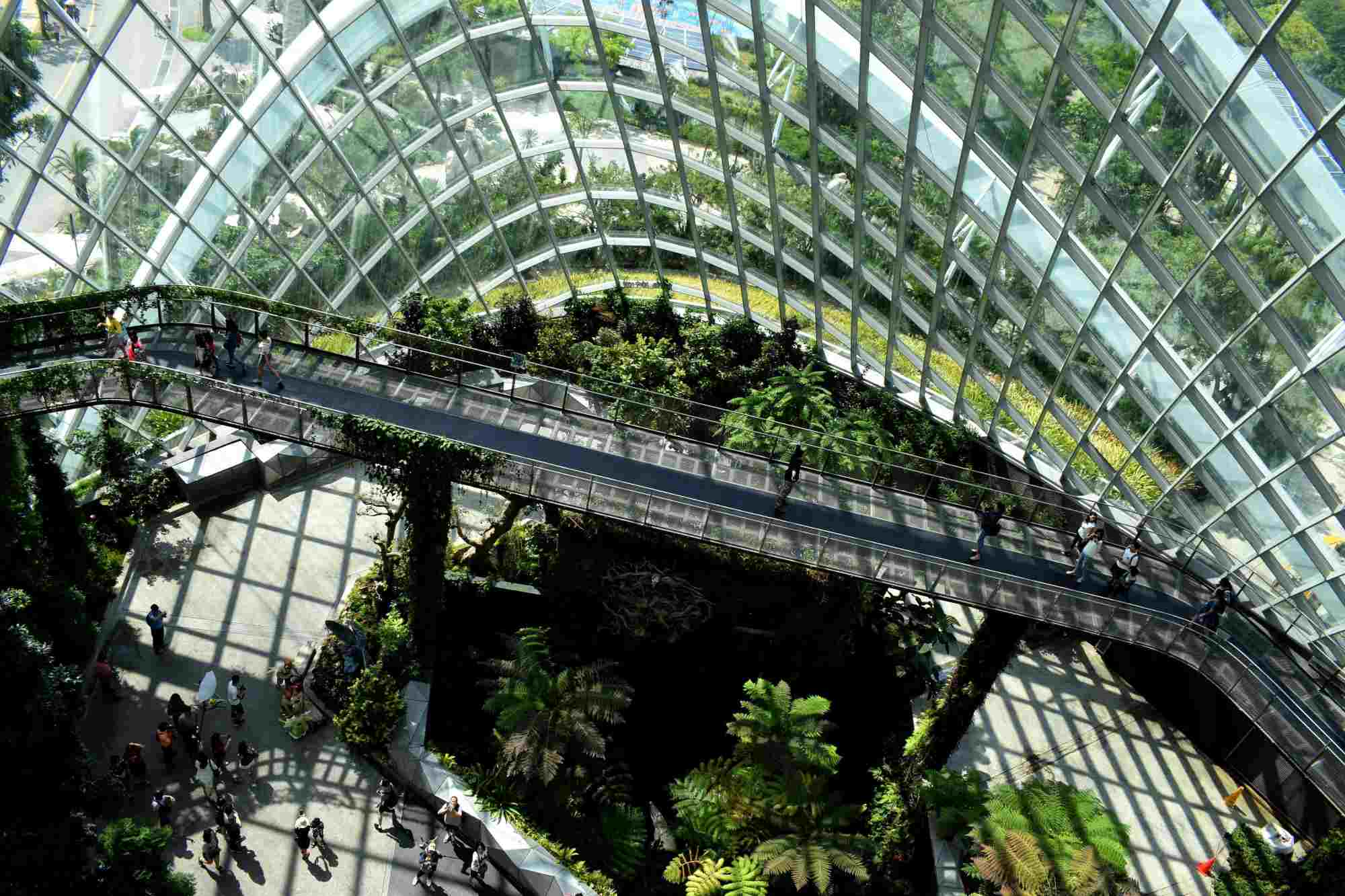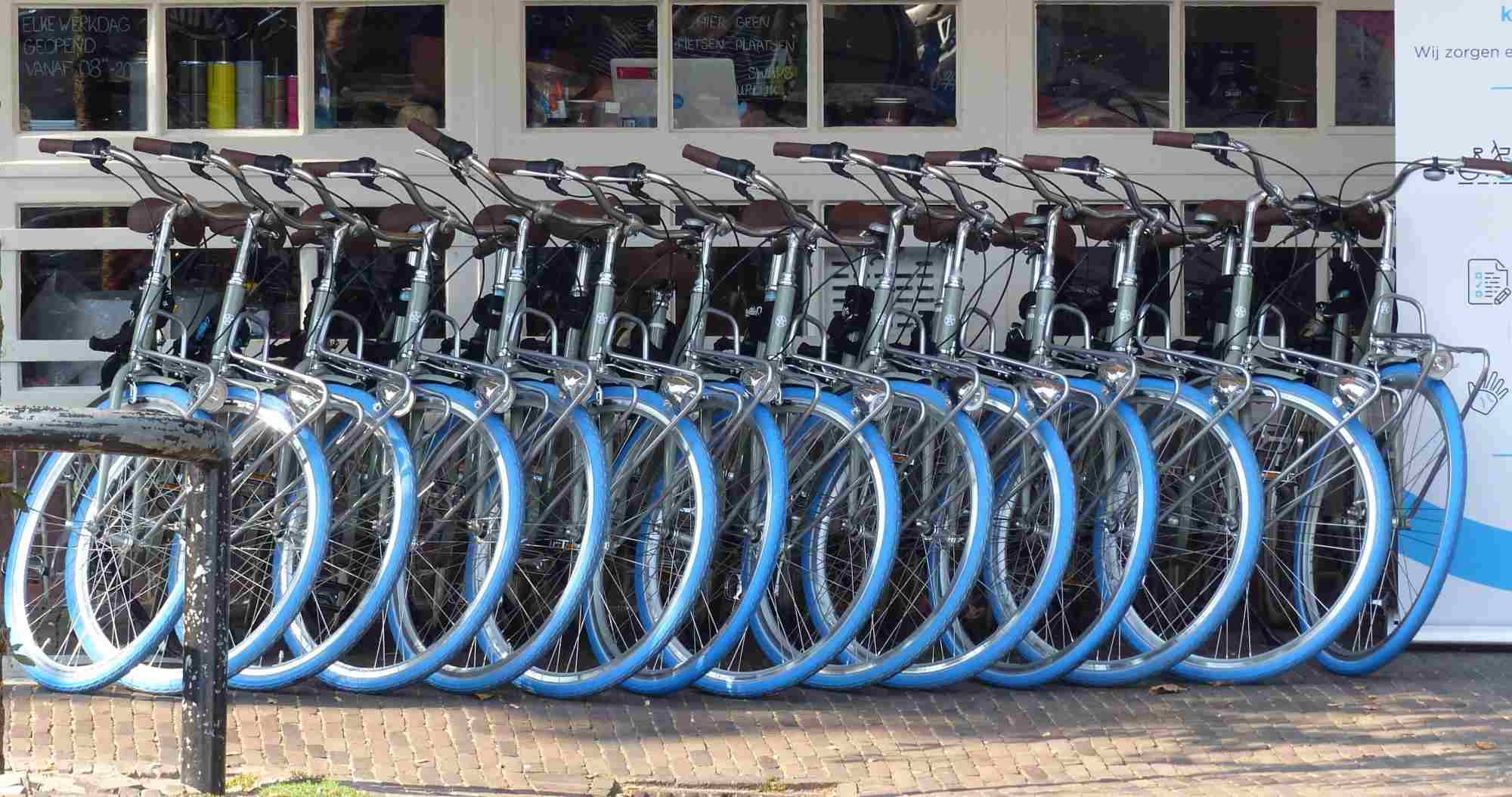

From Ownership to Usership – How the Rental Economy is Here to Stay
As technology advances and society shifts towards sustainability, the rental economy is quickly becoming the preferred option for consumers across various industries

Circular economy is an economic system that focuses on the sustainable use of resources and the elimination of waste. In a circular economy, resources are used efficiently, products are designed to be easily repaired, reused or recycled, and waste is minimized. The concept of circular economy has been gaining momentum in recent years as businesses and governments seek more sustainable ways to manage resources and reduce their environmental impact.
The traditional linear economy follows a “take-make-dispose” model, which has led to the depletion of natural resources and the generation of vast amounts of waste. The circular economy, on the other hand, is a regenerative economic system that seeks to keep materials and products in use for as long as possible. In this article, we will discuss the four main concepts of circular economy, its benefits, and how rental of equipment fits into this economic model.
The circular economy is important for several reasons. First, it promotes the sustainable use of resources, which can help to reduce the environmental impact of human activities. Second, it can lead to cost savings for businesses, as resources are used more efficiently and waste is minimized. Third, it can stimulate innovation, as businesses are encouraged to find new and more sustainable ways to design, produce and distribute products and services.
There are four main concepts of circular economy that businesses and governments should focus on when implementing this economic system. These concepts are:
Design is an essential part of the circular economy. Products should be designed to be easily disassembled, repaired, reused, and recycled. This means that materials should be carefully chosen, and products should be designed with end-of-life considerations in mind.
Material cycles involve the efficient use of resources and the minimization of waste. In a circular economy, materials should be reused or recycled as much as possible, and waste should be minimized through better design, production, and consumption practices.
In a circular economy, products and services should be designed to be as sustainable and resource-efficient as possible. This means that products should be durable, easily repairable, and designed for reuse and recycling. Services should also be designed with circular economy principles in mind, such as sharing and renting models.
Collaboration is essential in the circular economy. It involves partnerships between businesses, governments, and other stakeholders to ensure that resources are used efficiently and waste is minimized. Collaboration can also stimulate innovation and the development of new circular business models.
An example of a circular economy is the reuse of resources within a system or product cycle. For example, in the case of a smartphone, a circular economy approach would involve designing the phone to be easily repairable and upgradeable. Once the phone is no longer usable, its components can be reused or recycled to make new phones or other products.
There are three principles of circular economy that are crucial to its success. These principles are:
Resource recovery is an essential principle of circular economy, which refers to the recovery of valuable resources from waste and discarded products. Instead of being discarded as waste, these resources are reused, recycled, or repurposed, creating a closed-loop system that reduces waste and conserves natural resources.
Improved productivity is another critical principle of circular economy, which aims to increase efficiency and productivity while reducing waste and environmental impact. This principle focuses on designing products and services that are more durable, long-lasting, and easily repairable, reducing the need for constant replacement and reducing waste.
Closed loops and no waste are the final principles of circular economy. This principle promotes a circular system where waste is minimized, and resources are used efficiently, creating a closed-loop system that reduces waste and conserves natural resources. It aims to eliminate waste by using a circular system that allows products to be recycled, repurposed, or reused, reducing the need for raw materials.
Rental of equipment is an essential part of the circular economy, allowing companies to maximize the use of resources by renting equipment instead of purchasing them. This approach reduces waste and conserves natural resources by using equipment more efficiently, reducing the need for constant replacement and minimizing the amount of waste generated.
In conclusion, the circular economy is a vital concept that aims to create a sustainable and efficient economy by reducing waste and maximizing the use of resources. The four main concepts of circular economy are design, material cycles, products and services, and collaboration. The three principles of circular economy are resource recovery, improved productivity, and closed loops/no waste. The rental of equipment is an essential part of the circular economy, allowing companies to maximize the use of resources by renting equipment instead of purchasing them.
FAQs:
Q: What are the benefits of the circular economy?
A: The circular economy promotes sustainability, reduces waste, conserves natural resources, and increases efficiency and productivity.
Q: How does the circular economy benefit businesses?
A: The circular economy benefits businesses by reducing waste and increasing efficiency, saving money, and increasing profitability.
Q: What are some examples of circular economy in action?
A: Examples of circular economy in action include the reuse of resources within a system or product cycle, the use of renewable energy, and the reduction of waste through recycling and repurposing.
Q: How can individuals contribute to the circular economy?
A: Individuals can contribute to the circular economy by reducing waste, recycling, repurposing products, and supporting companies that promote sustainability and circularity.
Q: What challenges does the circular economy face?
A: The circular economy faces challenges such as resistance to change, lack of awareness, and the need for infrastructure and technological innovations.